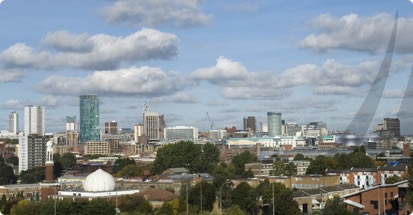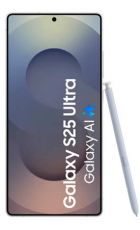Three and EE have some history when it comes to 4G frequency spectrum. Part of the original deal EE had with Ofcom to launch 4G ahead of its rivals, back in late 2012, was that they needed to ensure fair competition by selling Three some of its spectrum.
EE launched 4G in the 1800Mhz bandwidth and sold part of its 1800MHz holding to Three in two chunks with the condition that Three could not use the first chunk until October 2013 with the second chunk becoming available in Mid 2015.
Looking back at the 4G auction there were winners and losers and a number of the mobile operators looked at the possibility of 4G spectrum sharing between each other. Spectrum sharing between operators was approved by Ofcom after the completion of the 4G auction.
Looking at the history between EE and Three and the frequency spectrum they both acquired it seemed logical for EE and Three to consider spectrum sharing to make each others 4G mobile network UK coverage as competitive as possible.
In May, Three CEO David Dyson confirmed that EE and Three were in talks with a view to sharing each others 800MHz frequency spectrum. Both EE and Three secured two chunks of 5MHz bands within the 800 Mhz band.
It has been reported by Mobile Today that EE has vetoed the talks and will use its 800MHz frequency allocation to offer improved coverage in rural areas. The 800MHz band offers better coverage indoors and in rural less populated areas.
Mobile Today quoted EE CEO Olaf Swantee as follows “We know that O2 and Three can’t [keep up] when they come with their own 4G networks”.
This leads us to believe that EE have all routes to 4G covered including both urban and rural network coverage. EE won 2x5MHz chunks of 800Mhz and 2 x 35MHz chunks of 2.6Ghz at the recent auction. This coupled with the 1800Mhz frequency band they have already launched 4G in 74 towns and cities seems impressive to us and we agree with Olaf Swantee’s bullish statement.
Meanwhile Three have 2x5Mhz chunks of 800MHz and have 2X15MHz chunks of 1800MHz spectrum - one of which can be used from October, 2013. As an outsider looking in this seems to leave Three in a weaker position than EE and with no 2.6GHz frequency spectrum to launch its 4G network within.
At the conclusion of the 4G auction all mobile operators claimed they secured the spectrum they required but we are not totally convinced when we look at Three’s holding.





